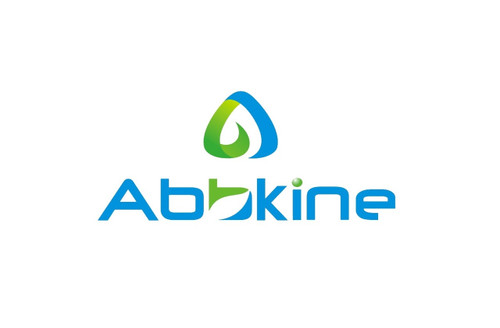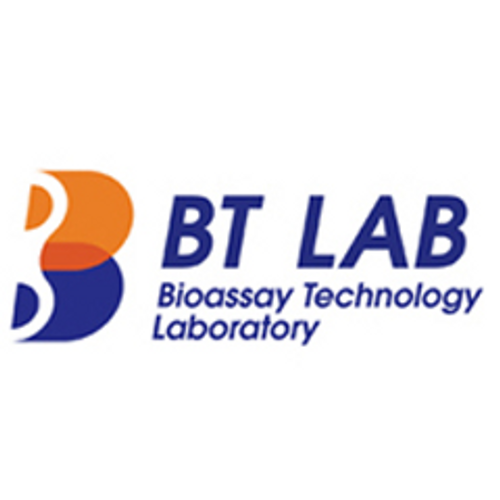Product Description
Human Formylmethionine (fMET) ELISA Kit | AE63049HU | Abebio
Species Reactivity: Human (Homo sapiens)
Abbreviation: fMET
Alternative Name: N/A
Application: ELISA
Range: 0.156-10 ng/mL
Sensitivity: 0.061 ng/mL
Intra-Assay: ≤4.9%
Inter-Assay: ≤8.7%
Recovery: 0, 89
Sample Type: Serum, Plasma, Other biological fluids
Detection Method: Sandwich
Analysis Method : Quantitive
Test Principale: This assay employs a two-site sandwich ELISA to quantitate fMET in samples. An antibody specific for fMET has been pre-coated onto a microplate. Standards and samples are pipetted into the wells and anyfMET present is bound by the immobilized antibody. After removing any unbound substances, a biotin-conjugated antibody specific for fMET is added to the wells. After washing, Streptavidin conjugated Horseradish Peroxidase (HRP) is added to the wells. Following a wash to remove any unbound avidin-enzyme reagent, a substrate solution is added to the wells and color develops in proportion to the amount of fMET bound in the initial step. The color development is stopped and the intensity of the color is measured.
Product Overview: fMet-Leu-Phe receptor is a protein encoded by the FPR1 gene.Ozcelik et al. mapped the FPR1 gene to human chromosome 19 by Southern analysis of rodent/human somatic cell hybrids and use of a cDNA probe. An FPR-like gene was also identified on chromosome 19 . An FPR-like gene that mapped to chromosome 2 was found in fact to represent an interleukin 8 receptor. Bao et al. mapped the gene encoding the receptor for the chemotactic ligand FMLP to chromosome 19, using a panel of somatic cell hybrids. They identified 2 structural homologs of FPR that similarly mapped to chromosome 19. The structural homologs did not recognize the ligand FMLP, but were thought to represent chemotactic receptors. Bao et al. referred to them as orphan receptors and symbolized the genes FPRH1 and FPRH2.
Stability: The stability of ELISA kit is determined by the loss rate of activity. The loss rate of this kit is less than 5% within the expiration date under appropriate storage condition. The loss rate was determined by accelerated thermal degradation test. Keep the kit at 37°C for 4 and 7 days, and compare O.D.values of the kit kept at 37°C with that of at recommended temperature. (referring from China Biological Products Standard, which was calculated by the Arrhenius equation. For ELISA kit, 4 days storage at 37°C can be considered as 6 months at 2 - 8°C, which means 7 days at 37°C equaling 12 months at 2 - 8°C) .
 Euro
Euro
 USD
USD
 British Pound
British Pound
 NULL
NULL












